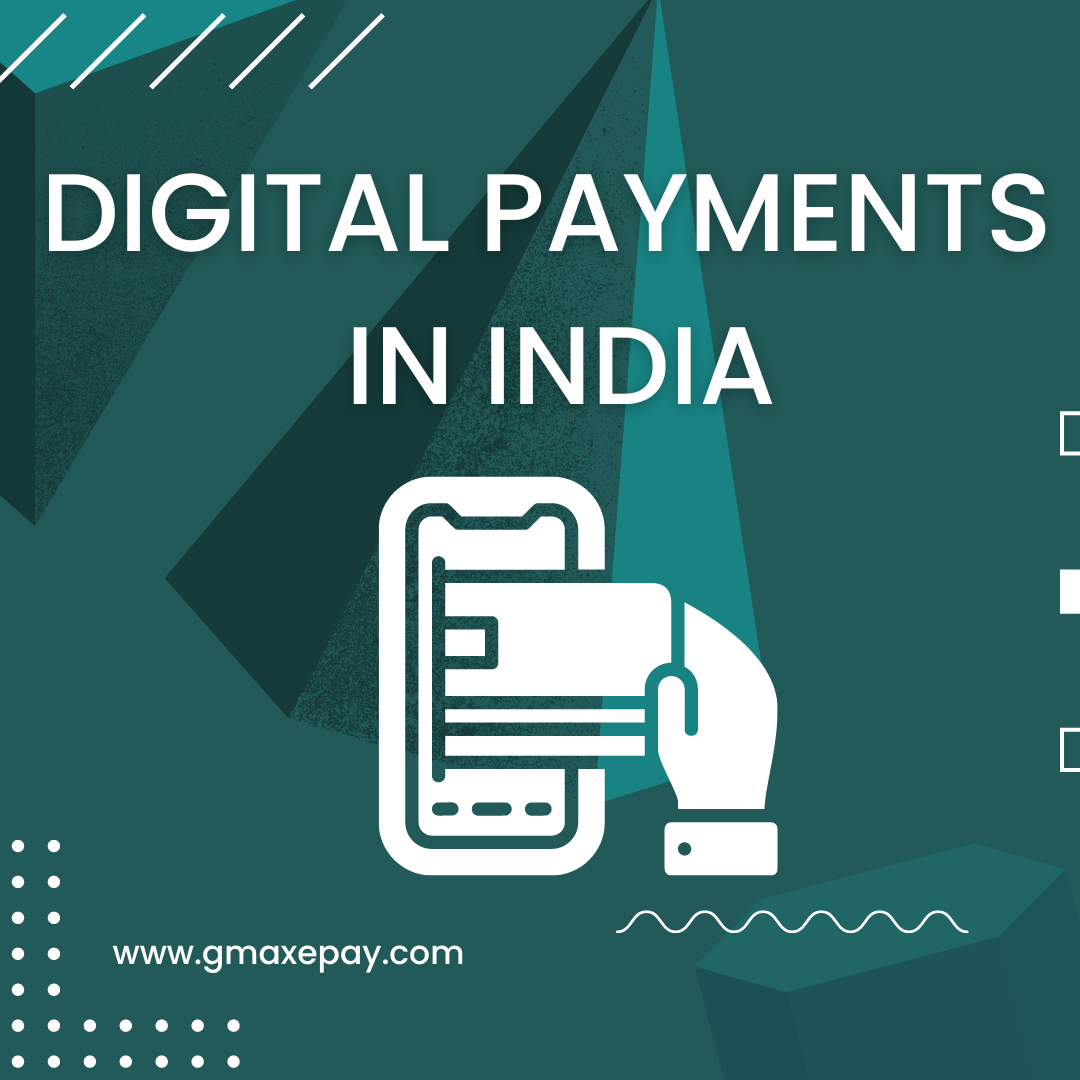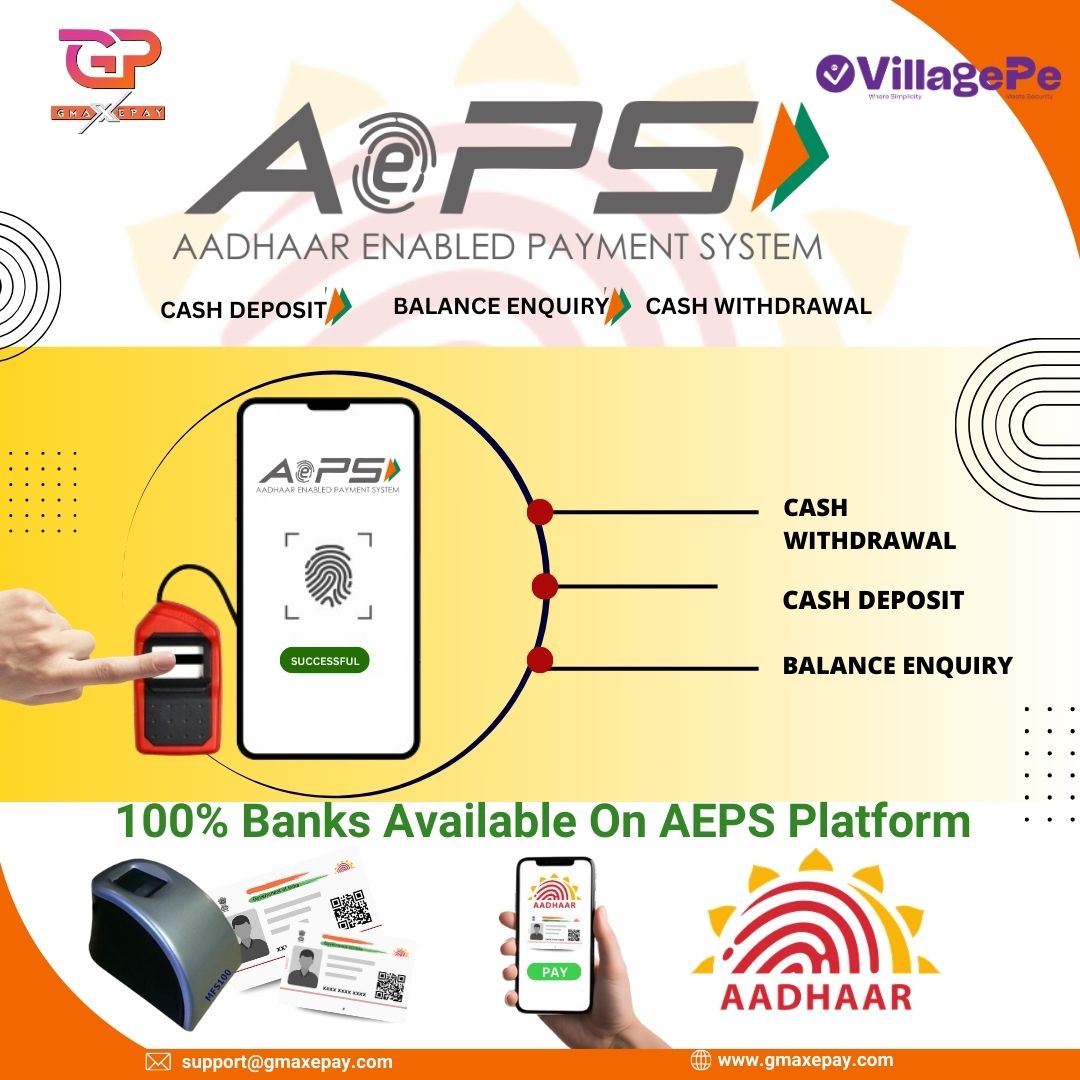The Rise of Digital Payments in India
India, the world’s largest democracy with a population exceeding 1.4 billion, is undergoing a financial transformation like never before. The shift from a predominantly cash-based economy to a digital payment ecosystem marks a significant step towards the realization of a more inclusive, efficient, and transparent financial system. Driven by technological advancements, government initiatives, and a fast-growing smartphone user base, digital payments are playing a critical role in reshaping the Indian economy. In this blog, we explore the evolution, current trends, and the future potential of digital payments in India.
The Evolution of Digital Payments in India
The concept of digital payments in India has evolved dramatically in recent years. Although the initial infrastructure for electronic payments existed, the real momentum began post-2016, when the Government of India announced demonetization of ₹500 and ₹1,000 currency notes. This radical move led to a sudden spike in the use of digital payment methods, as citizens and businesses scrambled for cashless alternatives.
- Pre-Demonetization Era: Before 2016, India had an entrenched cash economy. Electronic transactions were limited primarily to urban areas, facilitated by banks and credit cards, and used mainly for e-commerce purchases. The penetration of digital payment methods like mobile wallets was modest, while cash continued to be the dominant medium of exchange.
- Post-Demonetization Surge: The demonetization drive acted as a catalyst, encouraging millions of Indians to embrace digital payments. Government efforts, particularly through schemes like the Digital India initiative, promoted the usage of digital platforms. New-age fintech companies began to thrive, leveraging this transition with user-friendly apps and platforms for transferring money, paying bills, and making purchases.
- Unified Payments Interface (UPI): In 2016, India introduced the Unified Payments Interface (UPI), a breakthrough platform developed by the National Payments Corporation of India (NPCI). UPI allowed for instantaneous money transfers between bank accounts using mobile devices. Its interoperability across banks, simplicity, and zero-cost model propelled UPI to become the backbone of India’s digital payment infrastructure. UPI transactions grew from 0.1 million in 2016 to over 10 billion monthly transactions by 2023.
Current Landscape of Digital Payments in India
The digital payment landscape in India today is diverse, encompassing a range of methods such as mobile wallets, UPI, internet banking, point-of-sale (POS) machines, and contactless payments. These innovations have led to unprecedented growth in the adoption of digital financial services across various demographics.
Key Factors Driving Digital Payment Adoption
- Smartphone Penetration and Internet Access: India’s burgeoning middle class and the availability of affordable smartphones have accelerated the shift to digital. As of 2023, India has over 600 million smartphone users. The affordability of data plans, driven by intense competition among telecom operators, has provided even rural populations with internet access, making digital payments more accessible to the masses.
- Government Initiatives: The Indian government has been instrumental in promoting digital payments through various policies and initiatives. The Digital India program aims to transform India into a digitally empowered society by improving digital infrastructure and enabling citizen services electronically. Initiatives such as Pradhan Mantri Jan Dhan Yojana (PMJDY), which seeks to provide every Indian household with a bank account, have boosted financial inclusion and the uptake of digital payment platforms.
- Rising Trust and Awareness: As digital payment platforms mature and security measures improve, Indian consumers are increasingly trusting these modes of transactions. Awareness campaigns by the government and fintech companies have also contributed to a shift in consumer attitudes toward cashless payments.
- Fintech Boom: India’s fintech ecosystem is one of the fastest-growing in the world. Companies like Paytm, PhonePe, Google Pay, and BharatPe have revolutionized how Indians pay for goods and services. With services ranging from peer-to-peer payments to lending, insurance, and investment management, fintech firms are playing a pivotal role in India’s digital financial inclusion story.
Growth of UPI
One of the standout success stories in India’s digital payment revolution is UPI. UPI allows users to link multiple bank accounts in one mobile application, providing convenience and flexibility in managing financial transactions. Its growth is staggering, accounting for over 75% of all digital retail payments in India by value.
Moreover, UPI has also gone global, with countries like Singapore, the UAE, and Bhutan adopting it for cross-border payments. UPI’s ability to integrate with different financial ecosystems makes it a model for digital payment platforms worldwide.
Digital Payment in E-Commerce and Retail
The Indian retail and e-commerce sectors have witnessed a boom due to the growth of digital payments. Platforms like Amazon India and Flipkart have integrated a variety of payment options, including mobile wallets, UPI, and credit/debit cards. The COVID-19 pandemic further accelerated this trend, as more people turned to online shopping and contactless payment methods to maintain social distancing.
Furthermore, micro and small businesses are increasingly adopting digital payment solutions, spurred by the Digital MSME Scheme which aims to provide digital payment infrastructure for small enterprises. The government’s GST regime has also nudged businesses to adopt digital payments for better tax compliance.
Challenges Facing Digital Payments in India
Despite the remarkable progress, digital payments in India still face several challenges:
- Cybersecurity Risks: As digital payments proliferate, concerns over cybersecurity, fraud, and data privacy are growing. Although many platforms have fortified security measures with encryption and two-factor authentication, the threat of online scams and data breaches remains.
- Digital Divide: Although digital payment adoption is widespread in urban areas, there remains a significant divide between rural and urban India. Poor infrastructure, lack of digital literacy, and inconsistent internet connectivity in rural regions continue to hinder digital payment penetration.
- Cash Preference: Many Indians still prefer cash transactions, especially for small-ticket items or in informal sectors, where digital infrastructure is not widely available.
The Future of Digital Payments in India
India’s digital payment ecosystem is poised for continued growth, with innovations such as Central Bank Digital Currency (CBDC) and blockchain-based payment solutions on the horizon. The Reserve Bank of India (RBI) has also been proactive in creating a regulatory framework to support the evolution of digital finance.
Top 7 Digital Payments App in India
1. Google Pay
Google Pay is one of the most popular digital payment platforms in India, built on the UPI (Unified Payments Interface) infrastructure. The app offers a seamless, user-friendly experience for peer-to-peer transfers, bill payments, and online shopping. Users can link their bank accounts directly to the app and make secure payments with just a few taps.
- Key Features:
- UPI-based money transfer.
- Integration with various billers for utility payments.
- Rewards, cashback, and scratch cards for transactions.
- Secure with multi-layer encryption.
Why It’s Popular: Google Pay is backed by Google’s robust security features, making it highly trusted among users.
2. PhonePe
Launched in 2015, PhonePe is another UPI-based digital payment app that has quickly become a favorite among Indian users. Acquired by Flipkart, PhonePe supports a range of services including mobile recharges, bill payments, financial products, and peer-to-peer transfers.
- Key Features:
- UPI-based transactions, wallet services, and credit card payments.
- Integration with various e-commerce platforms.
- Availability of insurance and mutual fund products.
- Highly intuitive interface and QR code-based payments.
Why It’s Popular: PhonePe’s easy navigation and variety of financial services make it highly versatile, while its partnership with Flipkart enhances its reach.
3. Paytm
Paytm is one of the pioneers in India’s digital payment revolution. What began as a mobile recharge platform in 2010 has evolved into a comprehensive financial services platform. Paytm allows users to pay bills, book tickets, shop online, and more, with a Paytm Wallet, UPI, and banking integration.
- Key Features:
- Paytm Wallet for fast payments.
- UPI-enabled money transfers.
- Integration with Paytm Payments Bank.
- Recharge, bill payments, and booking services.
- Financial products like insurance and investment plans.
Why It’s Popular: Paytm’s expansive features, including an e-commerce platform, make it a one-stop solution for many daily needs.
4. Amazon Pay
Amazon Pay, a digital wallet service offered by e-commerce giant Amazon, has gained significant traction in India. Integrated into the Amazon shopping app, it allows users to make purchases, pay bills, and transfer money via UPI or wallet services.
- Key Features:
- UPI payments integrated with bank accounts.
- Earn rewards and cashback for transactions.
- Quick checkout options for Amazon shopping.
- Pay utility bills, recharge mobiles, and book movie tickets.
Why It’s Popular: Amazon Pay’s seamless integration with Amazon’s e-commerce platform provides a unified shopping and payment experience.
5. BHIM (Bharat Interface for Money)
The BHIM app, launched by the National Payments Corporation of India (NPCI), is designed to promote digital transactions using UPI. As a government-backed initiative, it’s a simple, reliable, and secure platform for digital payments, especially for those unfamiliar with more advanced apps.
- Key Features:
- UPI-based money transfers.
- QR code-based payments.
- Works across all banks that support UPI.
- Available in multiple Indian languages for wider accessibility.
Why It’s Popular: BHIM is government-backed, making it a highly secure and trusted app, especially in rural areas.
6. MobiKwik
MobiKwik is a popular digital wallet service in India that allows users to pay bills, recharge phones, transfer money, and invest in financial products. While initially focusing on wallet services, MobiKwik has expanded its offerings to include UPI payments and investment tools like mutual funds.
- Key Features:
- Digital wallet and UPI-enabled payments.
- Offers on mobile recharges, utility bill payments, and shopping.
- Loans and insurance products available.
- Buy now, pay later (BNPL) service.
Why It’s Popular: MobiKwik’s wallet services, combined with its investment options and BNPL service, make it a versatile app for users looking for more than just payments.
7. Freecharge
Initially a mobile recharge app, Freecharge has now transformed into a comprehensive payment app. Owned by Axis Bank, Freecharge allows users to pay bills, transfer money, and earn rewards. It has also ventured into offering financial services like lending and investment opportunities.
- Key Features:
- UPI-based money transfers.
- Recharge, bill payments, and shopping.
- Cashback and discounts for users.
- Financial services like loans and investments.
Why It’s Popular: Freecharge is known for its cashback offers, making it an attractive choice for users who frequently pay bills or recharge services.




